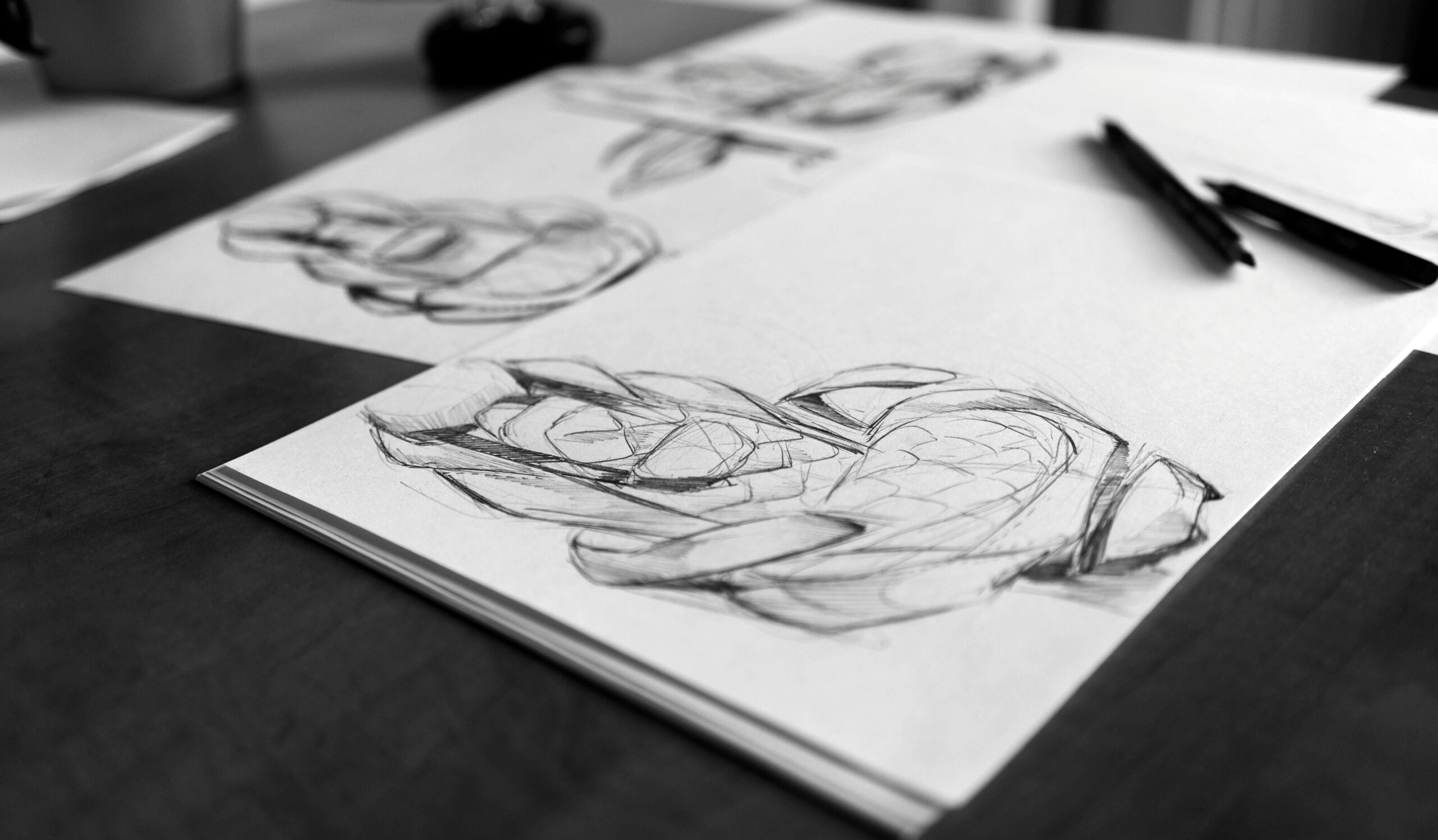Design for Manufacturing (DFM) is crucial in ensuring that a product is not only well-designed but also optimised for efficient production processes. As a product designer, understanding these key principles can significantly impact the success and cost-effectiveness of your designs. Here are the top 10 DFM points to consider when employing a product designer:
1. Design Simplicity
Simplicity in design often translates to simplicity in manufacturing. Complex designs with intricate features or unnecessary components can increase production costs and lead times. Aim for streamlined designs that achieve the necessary functionality with minimal complexity.
2. Material Selection
Choosing the right materials is fundamental to DFM. Consider factors such as material cost, availability, durability, and compatibility with manufacturing processes. Opt for materials that strike a balance between performance requirements and production feasibility.
3. Design for Assembly (DFA)
DFA focuses on minimizing the number of parts and optimising their arrangement for ease of assembly. Simplifying assembly processes can reduce labor costs and improve overall production efficiency.
4. Tolerance and Fit
Define clear tolerances for parts to ensure proper fit during assembly and operation. Tight tolerances may increase costs, while overly loose tolerances can affect product performance. Striking the right balance is essential for achieving functional and manufacturable designs.
5. Manufacturing Processes
Understand the capabilities and limitations of different manufacturing processes (e.g., injection molding, CNC machining, casting). Design parts that are compatible with chosen manufacturing methods to maximise efficiency and minimise production costs.
6. Design for Testability (DFT)
Incorporate features that facilitate testing and quality control throughout the manufacturing process. Designing for testability helps identify defects early, reducing rework and improving overall product reliability.
7. Prototyping and Iteration
Utilise prototyping to validate design concepts and identify potential manufacturing challenges early in the development phase. Iterative prototyping allows for adjustments based on feedback from manufacturing and testing processes.
8. Standardisation
Standardise components and processes wherever possible to simplify manufacturing and reduce variability. Using standardized parts can also lower procurement costs and lead times.
9. Design for Sustainability
Consider environmental impact and sustainability throughout the design process. Optimise material usage, minimise waste, and design products that are recyclable or biodegradable whenever feasible.
10. Regulatory Compliance
Ensure that designs comply with relevant industry standards, regulations, and certifications. Addressing compliance requirements early in the design phase can prevent costly delays and redesigns later in the process.
Conclusion
Design for Manufacturing is a collaborative effort between product designers, engineers, and manufacturing professionals aimed at optimising product designs for efficient production. By integrating these top 10 DFM points into your design process, you can enhance manufacturability, reduce costs, improve product quality, and ultimately, achieve greater success in bringing innovative products to market.
Implementing these principles not only enhances the manufacturability of your designs but also contributes to overall product quality and cost-effectiveness. By prioritising DFM principles, product designers can streamline production processes, reduce costs, and deliver products that meet both functional and manufacturing requirements.



